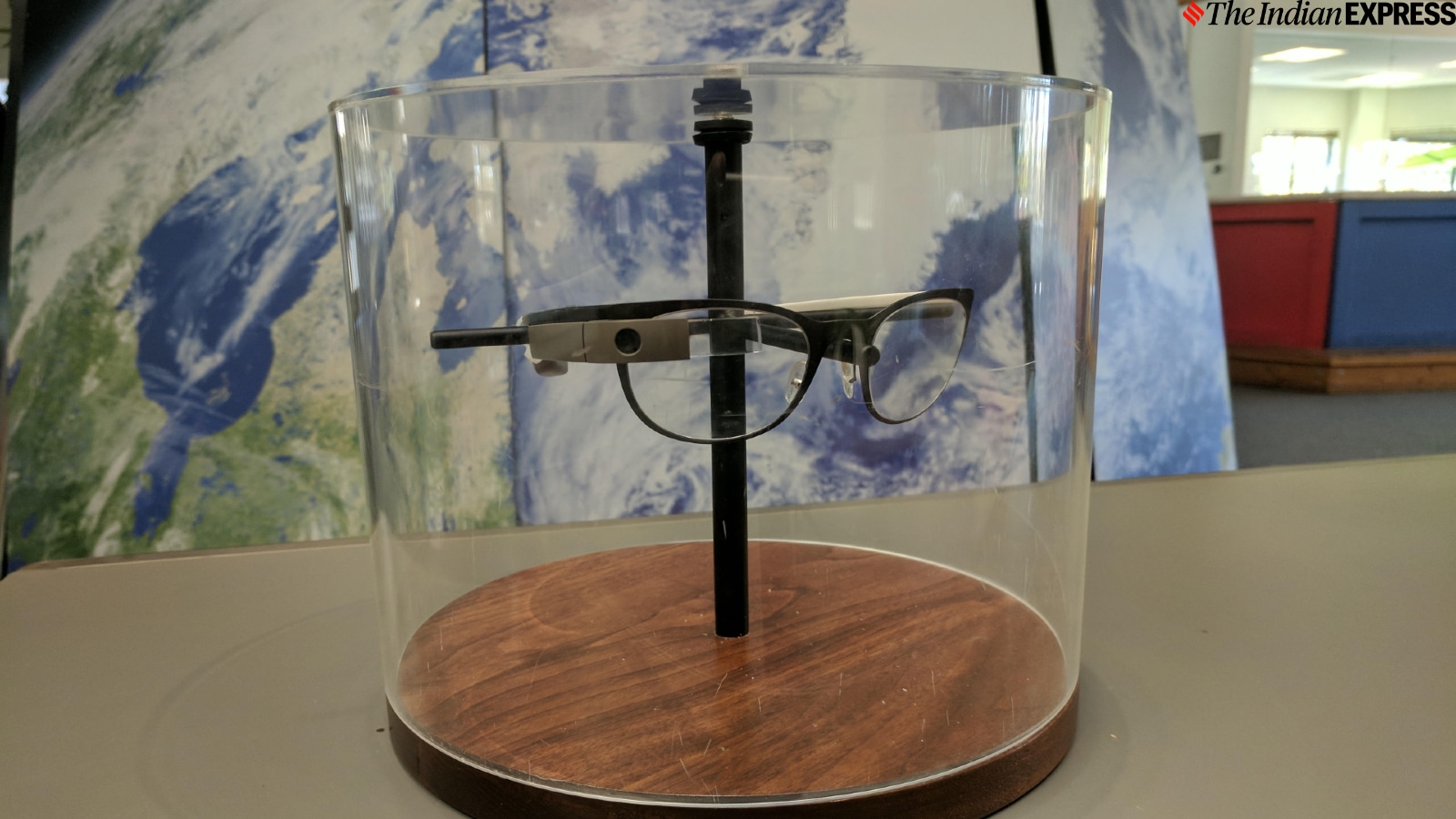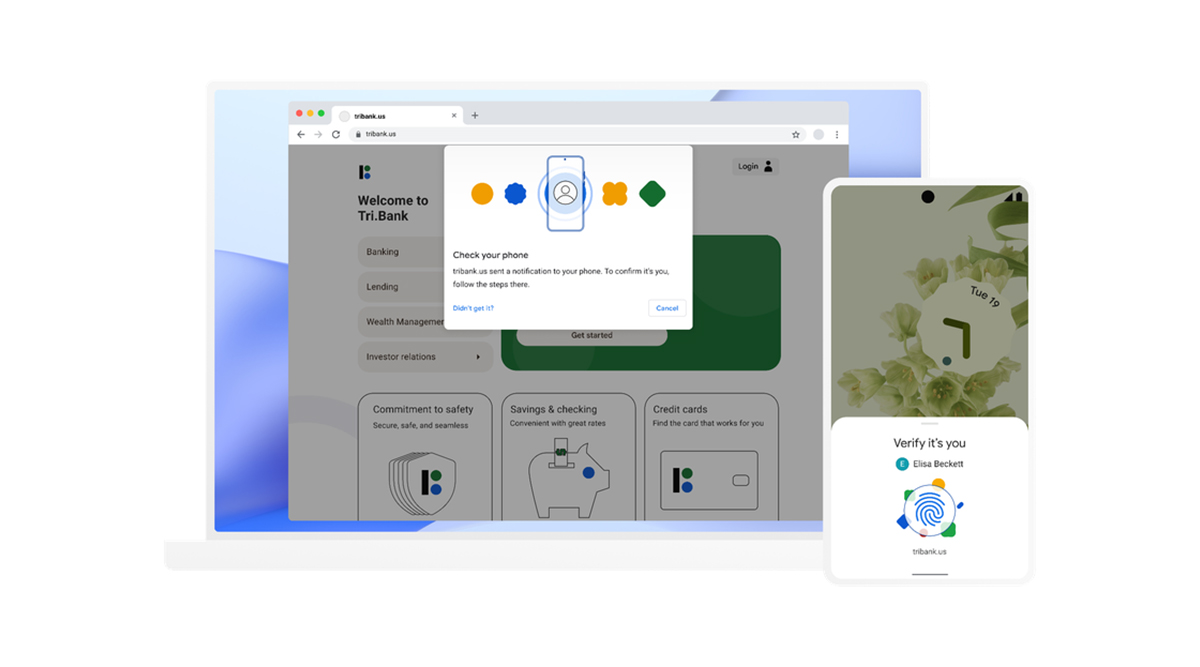Google showcased its new smart glasses as part of its effort to demonstrate the next generation of computing platforms beyond smartphones and computers.
The augmented reality glasses, currently a prototype with no official name, were worn by Android XR head Shahram Izadi and Google product manager Nishtha Bhatia at the TED Conference in Vancouver last week. The prototype glasses, powered by the company’s Android XR platform, featured tiny displays that can overlay graphics on transparent glass. They were connected to a smartphone and deeply integrated with Google’s Gemini AI. On stage, Izadi demonstrated live translation from Farsi to English, scanning a book, and other capabilities.
There is no release date for these AR glasses, but it does show that Google has made progress in designing a high-tech pair of smart glasses on its own—similar to its peers in Silicon Valley. Demos of the Google glasses offer insight into the company’s growing confidence in the technology, even though the prototype was only shown live to a select group of people.
For years, the tech industry has been trying to crack the smart glasses market, with billions of dollars invested in research and development. In September of last year, Meta CEO Mark Zuckerberg teased an augmented reality prototype called Orion. A week earlier, Snap CEO Evan Spiegel took the stage at the annual Snap Partner Summit to introduce its AR-powered, fifth-generation Spectacles. Both companies see the potential of AR technology and share a vision of moving beyond the smartphone era and into smart glasses.
Over a decade ago, Google was the first to launch a pair of AR glasses with Google Glass in 2013, but the product faced numerous challenges and was ultimately discontinued. Microsoft also tried its hand at AR technology with its HoloLens headset in 2015, but the company was struggling at the time. When the headset shipped to developers in 2016, it wasn’t nearly as impressive as its initial demo. It was an early sign that perfecting the AR experience into a headset that is lightweight, accessible, and comfortable to wear would take years.
Apple, however, has yet to confirm whether it is developing AR glasses internally. The company did launch a mixed-reality AR/VR headset, the Vision Pro, last year for $3,500. Despite being a technical breakthrough, the device has received a lukewarm commercial response.
While Google, Meta, and Snap are all showcasing AR glasses prototypes, they are likely still years away from bringing these devices to market. The technology remains too costly to mass-produce AR glasses that are accessible to the average consumer.
© IE Online Media Services Pvt Ltd







